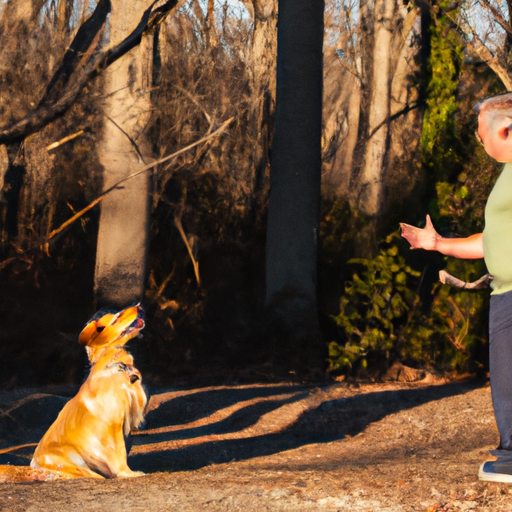Your dog’s bark can be a valuable means of communication, but sometimes it can become excessive. Understanding why your dog is barking and how to manage it can help create peace in your home. This guide will give you insights into why dogs bark, techniques to curb excessive barking, and methods to reinforce good behavior.
Why Do Dogs Bark?
Dogs bark for a variety of reasons. It’s their way of communicating with you and the world around them. Here are some common reasons:
- Alert/Protective: To warn their owners about anything unusual, or out of ordinary.
- Loneliness/Boredom: Dogs are pack animals who require companionship.
- Greeting/Play: Many dogs bark when greeting people or other animals.
- Anxiety: Dogs often bark when they are anxious or nervous.
The Impact of Breed and Age on Barking
Different breeds have different temperaments, which can affect their propensity to bark. For instance, some breeds are naturally more vocal, like Beagles and Terriers, while others, like Greyhounds and Basenjis, are known for being quieter.
| Breed | Tendency to Bark |
|---|---|
| Beagles | High |
| Terriers | High |
| Greyhounds | Low |
| Basenjis | Low |
Age also plays a role in a dog’s barking habits. Puppies are more likely to bark as they explore their environment, while older dogs may bark less.
Training Techniques to Reduce Barking
Training your dog to reduce excessive barking requires patience and consistency. Here are some effective techniques:
- Remove the motivation: Figure out what is causing your dog to bark and attempt to remove it or desensitize them to it.
- Ignore the barking: If you believe your dog is barking to get your attention, ignore them until they stop barking, then reward them with attention or a treat.
- Use the ‘quiet’ command: Train your dog to understand the ‘quiet’ command. Reward them when they obey.
Using Positive Reinforcement
Positive reinforcement is an effective way to curb excessive barking. When your dog is quiet when they would normally bark, reward them with a treat or praise. This will help reinforce the idea that being quiet leads to good things.
Tools and Gadgets to Assist With Barking Control
Several tools can help with training your dog not to bark excessively. Some of these include:
- Bark control devices: These emit a high-pitched sound that only dogs can hear when they bark.
- Training collars: Some collars vibrate or make a sound to distract the dog from barking.
- Toys and puzzles: These keep the dog occupied and can reduce barking due to boredom.
When to Seek Professional Help
If your dog’s excessive barking continues despite your attempts at training, it may be time to consult a professional. A professional dog trainer or a veterinary behaviorist can provide additional support and resources.
Frequently Asked Questions
Q: Is it bad to ignore my dog when they’re barking?
A: Not necessarily. If they’re barking for attention, giving them attention might reinforce the behavior. Ignoring them until they stop can be an effective training method.
Q: What should I do if my dog barks at strangers?
A: It could be a sign of fear or territoriality. Try to desensitize your dog to strangers by gradually exposing them to more people in a controlled environment.
Q: Does neutering or spaying affect a dog’s barking habits?
A: Neutering or spaying can reduce barking in some cases, especially if the behavior is linked to hormonal factors.
Remember, every dog is unique, and what works for one may not work for another. With patience, consistency, and care, you can help your dog manage their barking behavior.



